When choosing between electric inline skates and regular skates, it all comes down to your priorities. Here’s the quick rundown:
- Electric inline skates: Great for speed and convenience. They’re perfect for commuting, tackling hills, and long rides without breaking a sweat. But they’re heavier, pricier (starting at $700), and need more maintenance (think batteries and motors).
- Regular skates: Affordable (as low as $50), lightweight, and low-maintenance. Ideal for fitness, learning tricks, or casual rides. They’re powered by your effort, so expect a workout, especially over longer distances.
Key differences:
- Speed: Electric skates can hit 20 mph; regular skates rely on your legs.
- Cost: Regular skates cost $50-$400; electric skates range from $700 to $1,000+.
- Maintenance: Regular skates need occasional wheel and bearing replacements; electric skates require battery care and potential motor repairs.
- Portability: Regular skates are lighter, making them easier to carry.
If you’re after fitness or budget-friendly fun, stick with regular skates. For commuting or effortless rides, electric skates are worth considering. And if winter rolls around, consider Snowfeet mini ski skates for snowy adventures - they’re compact, easy to use, and cost $250-$275.
| Feature | Regular Skates | Electric Skates |
|---|---|---|
| Price | $50-$400 | $700-$1,000+ |
| Speed | Depends on effort | Up to 20 mph |
| Maintenance | Low (wheels, bearings) | Higher (batteries, motors) |
| Portability | Lightweight | Heavier |
| Best For | Fitness, tricks | Commuting, long rides |
So, what’s your priority - fitness or convenience? Pick the one that fits your lifestyle best!
Ex-Ski Instructor Tests World First Electric Roller Skates! | Airtrick A1 Ultra Review

Performance and User Experience
When it comes to how they perform and feel, electric and regular inline skates offer two very different rides. Your choice really depends on what you’re looking for - speed, effort, or versatility.
Speed and Range
Electric inline skates are all about speed. Thanks to motor assistance, they can hit higher top speeds than what you’d achieve on regular skates powered solely by your legs. On the other hand, traditional inline skates rely entirely on your effort. This usually results in a steady, moderate pace, which is perfect for recreational skaters who enjoy a more laid-back experience.
One of the standout perks of electric skates is their ability to maintain a consistent speed over long distances without wearing you out. However, their range depends on factors like your weight, the terrain, and how much motor assistance you’re using. Regular skates, while free from battery limitations, demand more physical effort the longer you skate. So if you’re planning a long session, be ready to put in the work.
These differences in speed and range also play a big role in how each type of skate handles different terrains.
Terrain Handling
Terrain is another area where electric and regular skates show their strengths and weaknesses. Electric skates shine on hills and inclines, where the motor makes climbing feel almost effortless. This makes them a great choice for urban environments with lots of ups and downs.
On smooth pavement, both types perform well. But with electric skates, you can focus more on balance and steering without constantly pushing to keep your speed. When the surface gets rough or uneven, things change. Electric skates, with their heavier build (thanks to the motor and battery), can be harder to maneuver around obstacles. Regular skates, being lighter, are quicker to respond to subtle movements, making them more agile in tricky situations.
Learning Curve
Each type of skate comes with its own learning curve. Electric skates can be easier for beginners in some ways since the motor helps maintain momentum and balance. You don’t have to worry as much about perfecting your stride right away.
That said, electric skates come with their own set of challenges. You’ll need to get the hang of throttle control, braking systems, and managing the extra weight. Regular inline skates, on the other hand, demand more effort upfront. You’ll need to develop proper skating mechanics and build the leg strength to keep going. The upside? The skills you gain with regular skates - like balance and muscle memory - can carry over to other activities like ice skating, skateboarding, or even skiing.
For older adults or those with physical limitations, electric skates can open up skating to a wider audience. By reducing the physical strain, they make the activity more accessible and enjoyable for people who might otherwise find traditional skates too demanding.
Practicality: Portability, Maintenance, and Daily Use
When choosing between electric and regular skates, the little details of daily life - like how easy they are to carry or maintain - can really shape your experience. Let’s break it down.
Portability and Weight
How much your skates weigh can make a big difference in your day-to-day routine. Regular inline skates usually weigh between 5–10 pounds, depending on the materials and design. That’s light enough to carry around without much effort, whether you’re heading to the park or stashing them in a bag.
Electric skates, on the other hand, pack a bit more heft. With motors and batteries onboard, they’re naturally heavier. The exact weight varies depending on the battery size and range, but for urban commuters - especially those navigating stairs or hopping on public transit - that extra weight might be something to think about.
Ease of Use and Maintenance
Regular skates keep things simple. They’re low-maintenance, and as long as you take care of the wheels and bearings, you’re good to go. Electric skates, though, come with motors and batteries that need more attention. You’ll need to keep an eye on charging and perform occasional maintenance on the electronics.
If you’re someone who values a no-fuss experience, regular skates might be the better fit. But if you’re up for a little extra care in exchange for powered assistance, electric skates could be worth it. These practical differences can also play a role in how much long-term value you get out of your skates.
Cost and Value for Money
When deciding between regular inline skates and electric skates, it’s important to balance cost with what you’re getting in terms of performance and practicality. The price difference is huge, but understanding what’s behind those numbers can help you make the right call for your wallet and your needs.
Upfront Costs
Let’s talk initial investment. Regular inline skates are pretty budget-friendly. You can snag a decent recreational pair for $50-$80, while higher-end models range from $150-$300, with top-tier skates rarely exceeding $400.
Electric skates? That’s a whole different ballgame. Most start at $700 and can easily climb past $1,000. Why the steep price? It’s all about the tech. These skates come loaded with lithium-ion batteries, electric motors, wireless controls, and the engineering to make everything work seamlessly - and safely - inside a skate boot.
So, what are you paying for with electric skates? Think of it as buying a personal transportation device rather than just recreational gear. You’re getting powered assistance, speeds of 15–20 mph, and the ability to tackle hills without breaking a sweat.
| Feature | Regular Skates | Electric Skates |
|---|---|---|
| Entry-level price | $50-$80 | $700-$800 |
| Premium models | $200-$400 | $1,000+ |
| What's included | Boots, wheels, bearings | Motors, batteries, controls, charging gear |
Long-Term Costs
When it comes to ongoing expenses, regular skates are easy on the wallet. The main costs are replacing wheels (about $20-$40 per set) and bearings ($15-$30). Wheels typically last 6-12 months with normal use, and bearings can last even longer if you take care of them. All in all, you’re looking at $50-$75 per year for maintenance.
Electric skates, on the other hand, come with extra long-term costs. The biggest hit? Battery replacements. Lithium-ion batteries generally last 2-3 years with regular use before they start losing capacity, and replacements run anywhere from $200-$400, depending on the model. You’ll also spend a little more on electricity for charging - probably around $10-$20 per year, which isn’t too bad.
But here’s the kicker: motor repairs. If something goes wrong with the motor, it’ll likely need specialized servicing, which can get pricey. Some brands offer warranties, but once those expire, repairs could add up quickly - costs you simply don’t have with regular skates.
Over a five-year period, here’s how the numbers stack up:
- Regular skates: Total cost, including purchase and maintenance, is about $300-$500.
- Electric skates: Between the higher upfront cost, battery replacements, and potential repairs, you’re looking at $1,500-$2,000.
For casual skaters who only hit the pavement occasionally, regular skates are a no-brainer in terms of value. But if you’re planning to use electric skates for daily commutes or frequent rides, the added convenience and performance might make the higher price tag worth it. Up next, we’ll dive into specific scenarios where these cost differences make sense.
sbb-itb-17ade95
Best Uses for Each Skate Type
Let’s break down the best uses for each type of skate. Whether you’re commuting, staying active, or just enjoying a leisurely ride, choosing the right skate can make all the difference. Each type has its strengths, so knowing what works best for your needs is key.
Commuting and Urban Use
If you’re commuting daily, electric skates are a game changer. Their motorized assistance lets you cover miles with ease, even on uphill routes. No more arriving at your destination drenched in sweat - these skates turn challenging inclines into smooth, effortless glides. They’re especially handy for mixed terrains, navigating sidewalks, bike paths, and hills without missing a beat. Plus, they’re great for keeping a steady pace when you’re catching a bus or heading to a meeting.
On the other hand, regular skates shine for shorter trips. They’re lightweight and easy to maneuver, making them perfect for areas with stairs, crowded sidewalks, or tight spaces. Their nimbleness lets you handle sudden changes in direction with ease. If your commute involves quick stops and lots of movement, regular skates are your best bet.
Recreation and Fitness
For fitness enthusiasts, regular skates are the ultimate choice. Since they rely entirely on your effort, they offer a fantastic workout, building endurance and strength. They’re also ideal for learning tricks and technical moves - whether you’re practicing spins, jumps, or more advanced skating techniques, their responsiveness gives you the control you need.
Meanwhile, electric skates are perfect for longer, more relaxed rides. With motor assistance, you can enjoy extended journeys without the physical strain. They’re also a great option for group rides, especially when skating with friends of varying skill levels. The motor ensures everyone can keep up, making the experience more inclusive and enjoyable.
Here’s a quick comparison of how each skate type performs across different activities:
| Activity | Regular Skates | Electric Skates |
|---|---|---|
| Daily Commute (Short Distances) | Lightweight and easy to maneuver | Motor assistance isn’t as useful |
| Daily Commute (Longer Distances) | Can become tiring over time | Motor reduces fatigue and keeps a steady pace |
| Fitness Workouts | Provides a challenging, full-body workout | Less intense, thanks to motor support |
| Learning Tricks | Agile and responsive for technical moves | Heavier, making tricks harder to execute |
| Long Recreational Rides | Can feel exhausting after a while | Ideal for extended rides with less effort |
| Group Skating (Mixed Abilities) | May be tough for less experienced skaters | Motor makes it easier to keep up with the group |
Each skate type has its place, so think about what suits your lifestyle and goals before making your pick!
Comparison with Snowfeet*: A Winter Sports Alternative

Inline skating is a blast, but when winter hits, it’s time to explore other ways to stay active. Enter Snowfeet* - a compact and fun twist on winter sports. These mini ski skates bring the thrill of snowboarding and skiing into a super portable format that’s easy to use and perfect for snowy adventures.
Snowfeet* vs. Long Skis and Snowboards
For decades, skiing and snowboarding have ruled the slopes. But let’s face it - lugging around 6-foot skis or a bulky snowboard isn’t exactly convenient. That’s where Snowfeet* shakes things up. Their products, like the Mini Ski Skates (15 inches) or Snowfeet PRO (20 inches), are lightweight, compact, and can fit right in your backpack. Compare that to traditional alpine skis, which are 5–6 feet long and weigh 10–15 pounds. Plus, Snowfeet* attaches to your regular winter boots, so there’s no need for specialized gear.
Another bonus? Traditional skiing can take weeks (or even months) to master. Snowfeet* products, on the other hand, are designed for quick use, making them a more accessible and budget-friendly option for winter fun.
Why Snowfeet* Stands Out
Snowfeet* isn’t just another winter gear brand - it’s redefining how people enjoy the snow. Their philosophy is simple: smaller skis mean more fun and freedom. And they back it up with products that are versatile, easy to use, and perfect for all kinds of snowy terrain.
Unlike traditional skis, which often tie you to pricey lift tickets and groomed slopes, Snowfeet* opens up a world of possibilities. Whether it’s a ski slope, a hiking trail, a park, or even your backyard, any snowy hill can become your playground. That versatility makes them a game-changer for anyone looking to break free from the usual winter sports routine.
Another standout feature is the quick learning curve. Traditional skiing often requires lessons and lots of practice. Snowfeet* products are designed for fast adaptation, making them ideal for beginners. Their shorter length gives you better control and reduces the intimidation factor, so you can dive into the fun right away.
Snowfeet* is also paving the way for a new winter sport: skiskating. It’s not just about simplifying winter activities - it’s about creating fresh, exciting ways to enjoy the snow.
And here’s the kicker: Snowfeet* isn’t just a winter thing. Compared to electric or regular inline skates, Snowfeet* extends your active season into the colder months. Inline skates might gather dust when it’s snowy, but Snowfeet* keeps you moving on snow-covered terrain. They combine the flexibility of electric skates with the physical workout of traditional skates, giving you a unique blend of fun, fitness, and year-round adventure.
Conclusion: Which Option is Right for You?
When it comes to picking between electric inline skates, regular skates, or even something like Snowfeet*, it all boils down to what suits your lifestyle and priorities. Your choice will depend on things like your budget, how you plan to use them, and what you value most - speed, fitness, or year-round versatility.
Electric inline skates are great if you’re all about speed and convenience, especially for long commutes or zipping around the city. But keep in mind, they come with a heftier price tag and require more maintenance, like battery care and charging schedules. On the other hand, regular inline skates are perfect for fitness enthusiasts or anyone looking to sharpen their skating skills or try tricks. They’re easier to maintain - mainly swapping out wheels every six months to a year and keeping the bearings lubricated. Plus, they deliver a fantastic workout and are easier on the wallet in the long run.
But what about winter? That’s where Snowfeet* steps in, offering a fun alternative when inline skates just won’t cut it on snowy terrain. With options like the Mini Ski Skates for $250 or the Snowfeet PRO for $275, you can turn snowy hills, parks, or trails into your personal playground. Unlike traditional skis or snowboards, Snowfeet* is compact and skips the need for pricey lift tickets.
So, what’s the right pick for you? If you’re chasing speed and urban convenience, electric skates could be your match. If fitness and skill-building are your goals, regular skates are the way to go. And if you want to keep active all year, even in the snow, Snowfeet* might just be the perfect addition to your gear.
FAQs
What are the long-term costs of electric inline skates compared to regular skates, and how should I budget for each?
Electric inline skates come with a steeper price tag upfront. Mid-range models usually cost between $500 and $1,500, while high-end versions can go beyond $1,200. On the other hand, regular skates are much easier on the wallet, with most quality pairs priced under $300.
But there’s more to think about than just the initial cost. Electric skates often bring extra expenses like maintenance, battery replacements, and occasional repairs. Regular skates, by comparison, don’t need as much upkeep - though you might need to swap out wheels or bearings now and then. If you’re after advanced features and added convenience, electric skates might be worth it. However, if you prefer keeping things simple and sticking to a tighter budget, regular skates are a solid choice.
Why should I choose Snowfeet over traditional skiing or snowboarding gear for winter activities?
Snowfeet come with a bunch of perks that make them a standout choice for anyone into winter sports. For starters, they’re super lightweight and compact. Unlike skis or snowboards that can be a hassle to lug around, Snowfeet fit right into a backpack. That means no more dealing with roof racks or oversized gear bags - pretty handy, right?
They’re also incredibly easy to use. If you’re new to winter sports, Snowfeet are much simpler to pick up than skiing or snowboarding. Plus, you don’t need to splurge on special ski boots. They work with your regular winter boots or even snowboard boots, making them a practical choice.
On top of all that, Snowfeet are a budget-friendly option. You get all the fun of hitting the slopes without draining your wallet on pricey equipment. So, whether you’re after portability, affordability, or just a new way to enjoy the snow, Snowfeet have you covered.
How well do electric inline skates handle different terrains, and can they be used in both cities and rural areas?
Electric inline skates can typically hit speeds of 20–25 mph, with some top-tier models pushing past 30 mph. How fast they go depends on a few things - like the motor's power, the rider's weight, and whether you're cruising on smooth pavement or tackling a bumpier path. Most models shine on smooth urban surfaces, but some are built tough enough to take on rougher trails, giving you the flexibility to explore both city streets and more rugged routes.
If you're zipping around town, these skates are a super convenient and speedy way to get from A to B. But if you're eyeing off-road adventures, make sure to pick a model that's made for uneven terrain. Think about where you'll be using them and check out the features to make sure your ride is as smooth and fun as possible.







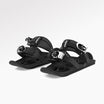
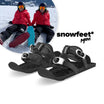
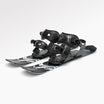
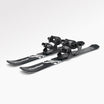

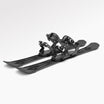

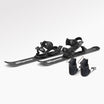







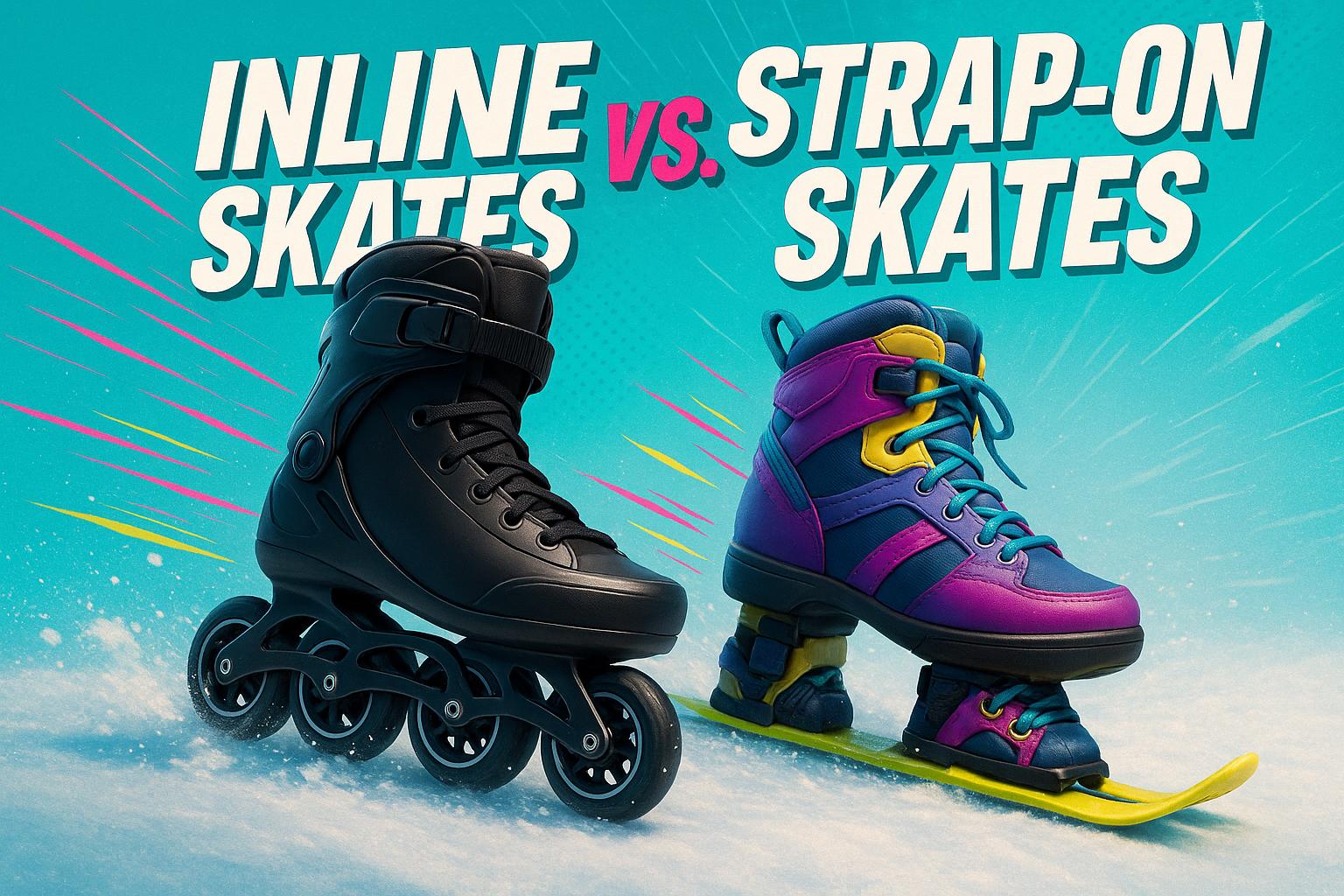
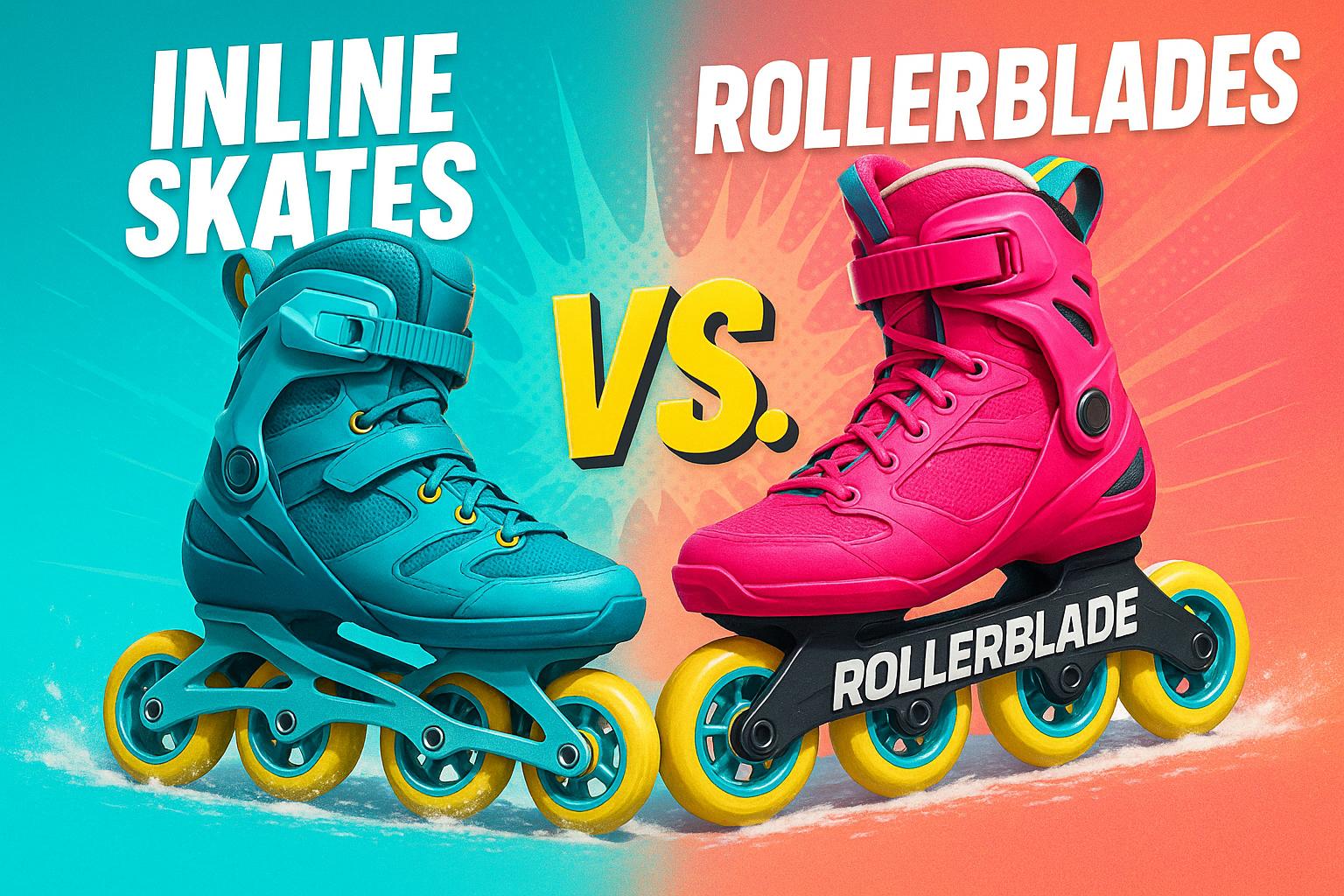




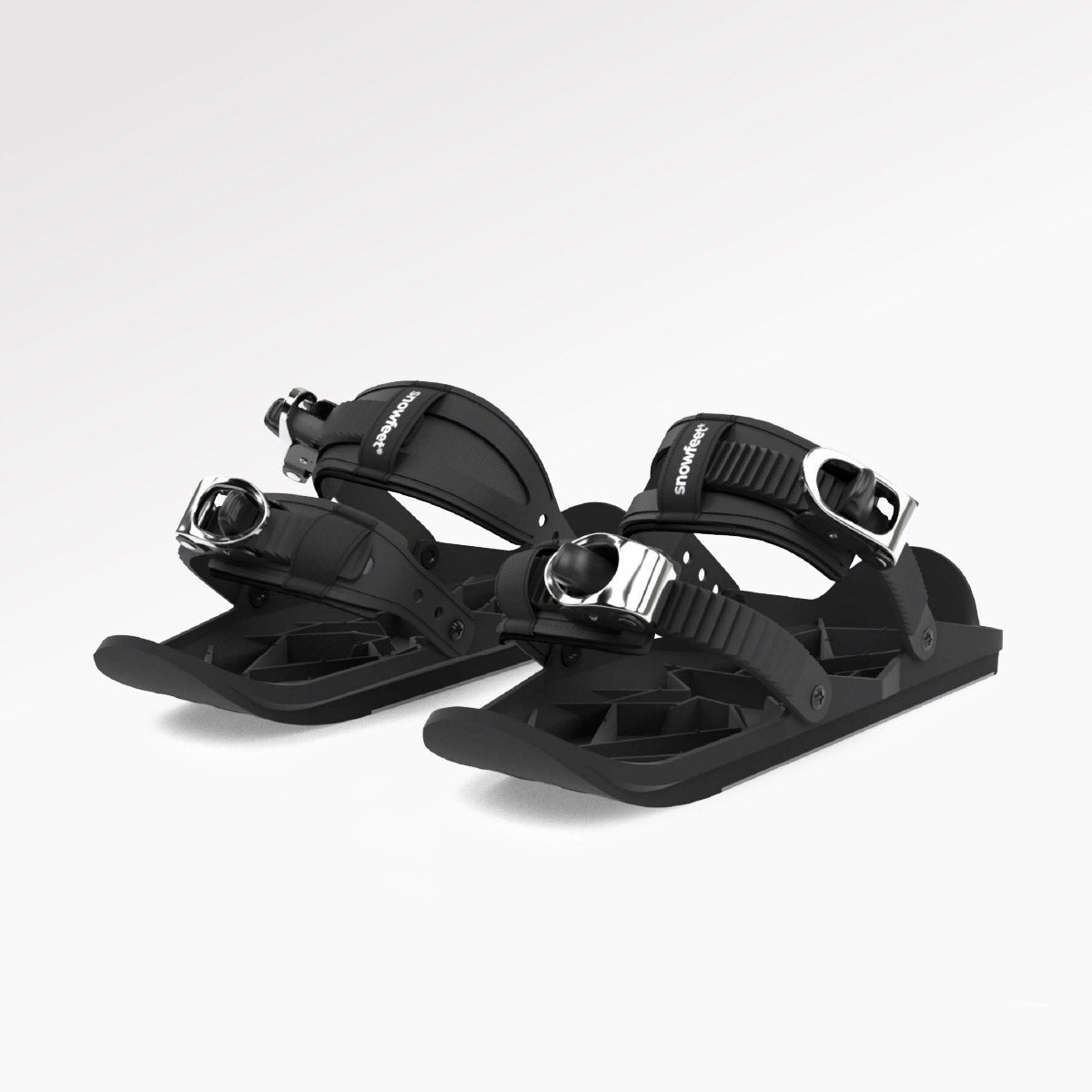
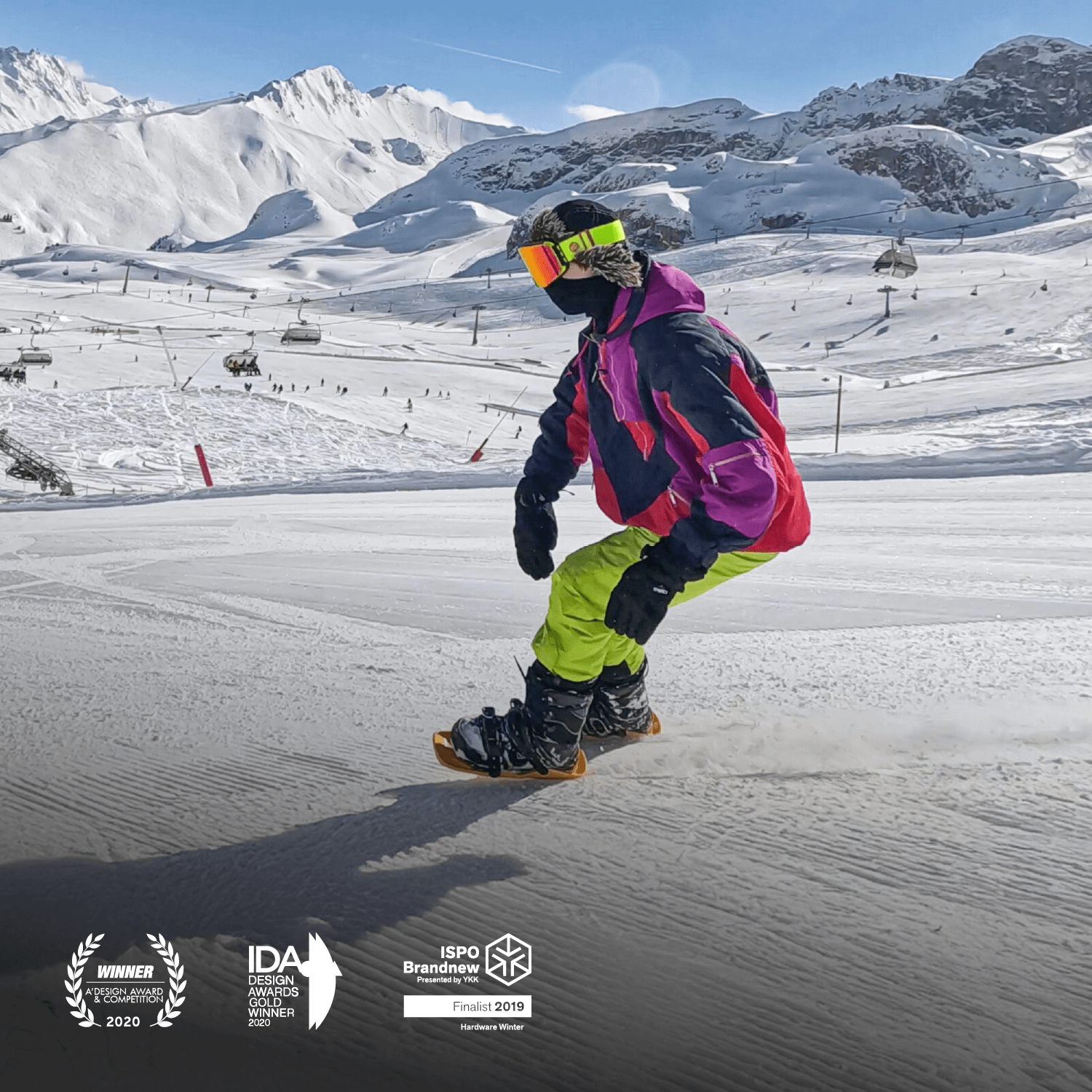
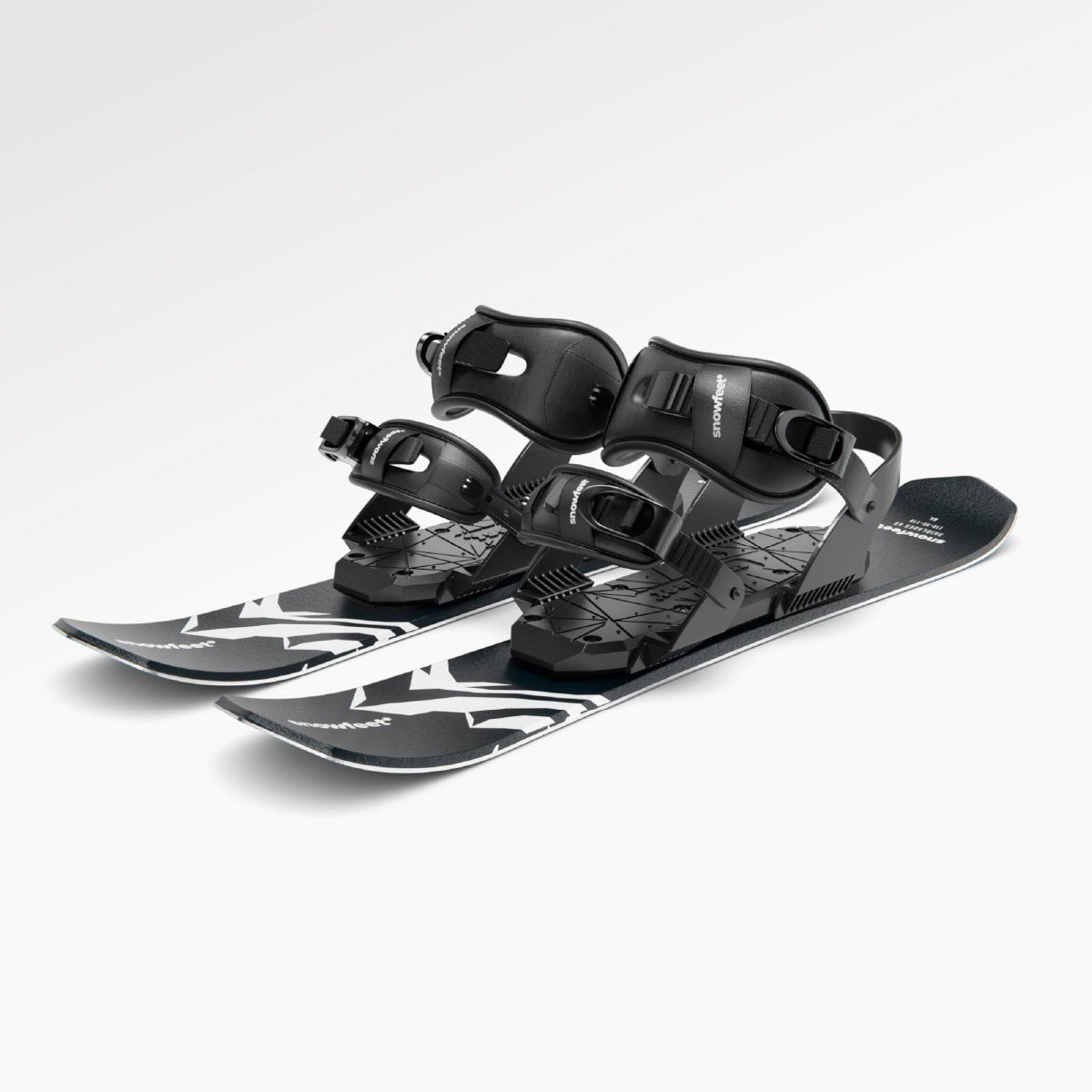

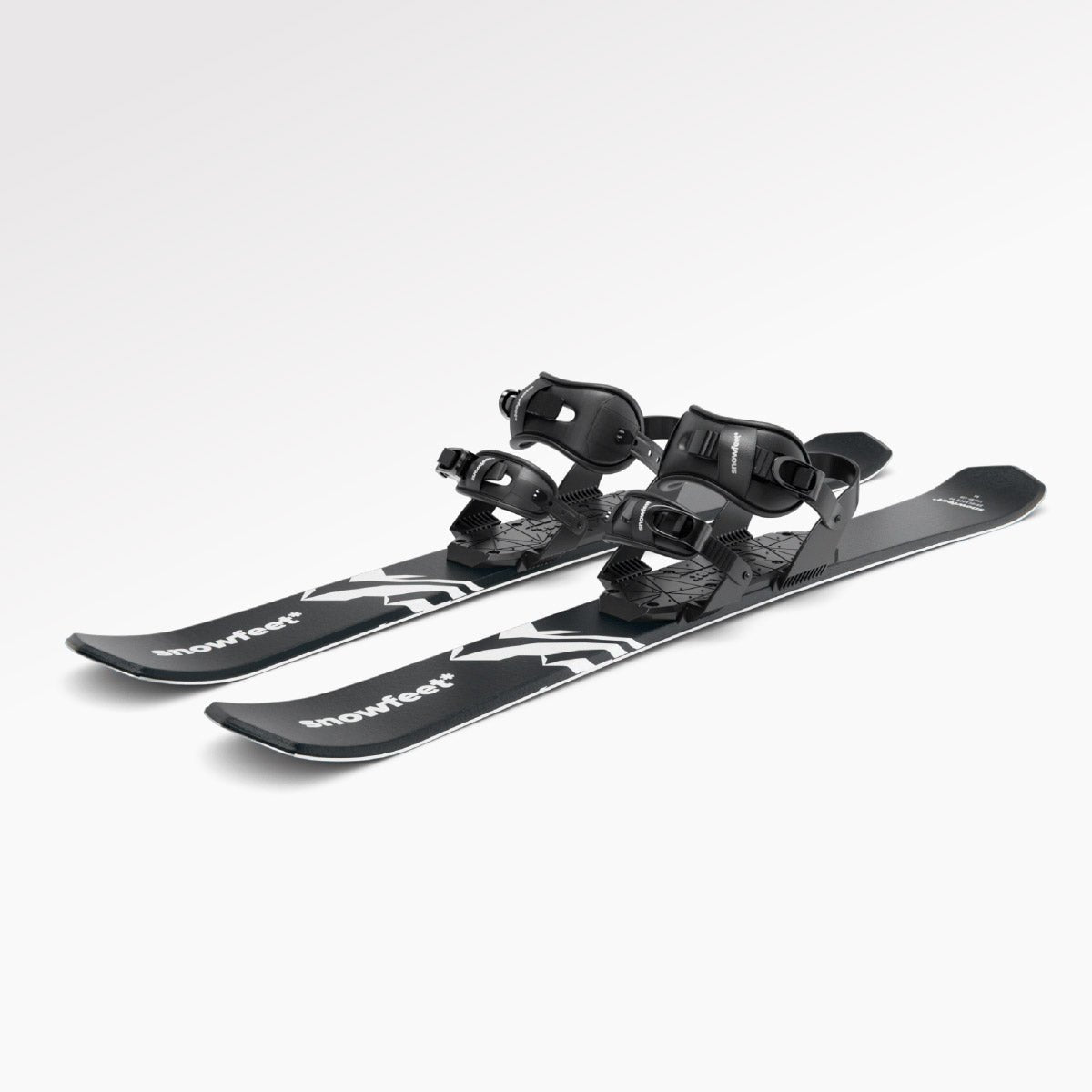

コメントを残す
このサイトはhCaptchaによって保護されており、hCaptchaプライバシーポリシーおよび利用規約が適用されます。